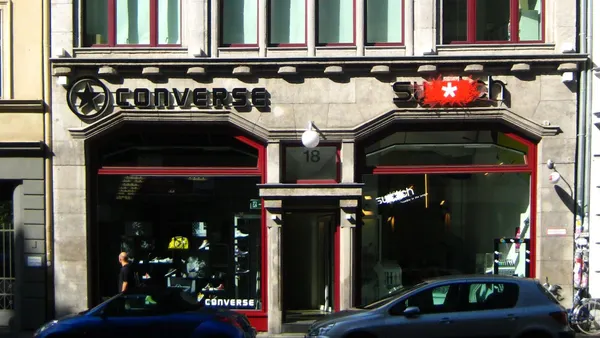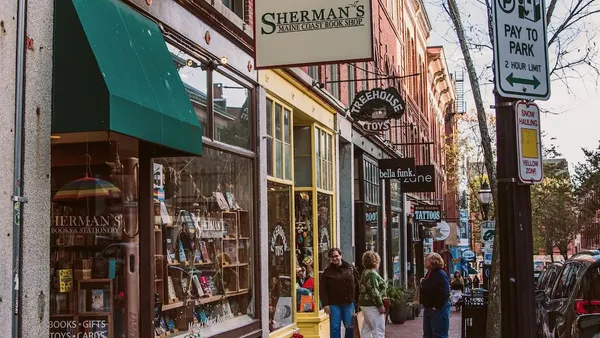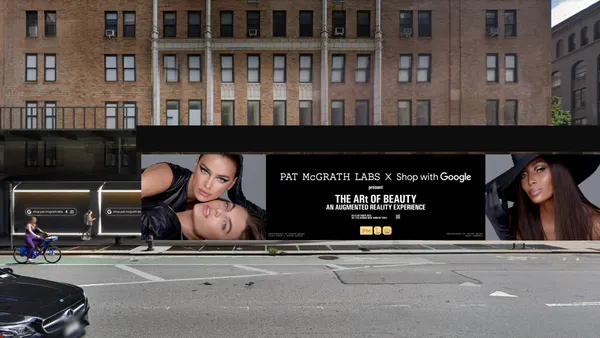Dive Brief:
- S&P Global Market Intelligence added J. Jill and Destination XL to its list of most vulnerable publicly traded retailers.
- J. Jill has a 16.8% probability of default over the next 12 months, while Destination XL has a 15.4% default probability, according to an S&P analysis emailed to Retail Dive. Also on S&P's list are Christopher & Banks, Wayfair, Trans World Entertainment and iMedia Brands, among others.
- At 44 for the year so far, 2020's retail bankruptcies have already surpassed every other year's since 2011, according to S&P data. If the pace keeps up, this year could easily surpass 2011's final bankruptcy count (45) as well as 2010's (48).
Dive Insight:
Since 2016, retail has gone through a period of protracted correction, as overextended footprints and over-leveraged balance sheets caught up with weaker players in a retail world grown more competitive, and more technologically and logistically complex. COVID-19 has added new energy to that pressure cooker.
The year 2017, during which headlines about the "retail apocalypse" surged, bankruptcies in the industry reached 40, according to S&P's count. (Such totals can vary based on who's counting them and how.) This year has already crept past that figure. Year-to-date at this time, 2017 had only seen 25 retail bankruptcies by S&P's count.
And the year is still relatively young. Bankruptcy speculation, for example, has surrounded J. Jill, after the apparel seller went into forbearance with its lenders and since then has extended it multiple times. That followed the reported hiring of law firm Kirkland & Ellis, famed for their retail restructuring and bankruptcy work, and issuing of a warning to investors that it might not be able to survive as a company over the year.
In fact there are dozens of retailers potentially vulnerable to bankruptcy and default as COVID-19 forced nonessential stores to close their doors during the spring. With the pandemic still racing through the U.S. and reaching record levels in some populated states, there is no end in sight to the crisis and no certainty about how consumers and officials will respond.
Even once-healthy retailers have come under severe pressure, having burned through cash and survived the closures by adding debt to their balance sheet and pledging assets to secure that debt that were previously of free use to those companies.
All of this is to say there are more bankruptcies to come, and they may well destroy well-known companies. Already this year Pier 1, Stage Stores and others have moved to liquidate entirely in bankruptcy, and many others have closed collectively scores of stores.
Many of those stores were probably opened rashly, or at least had lost some of their audience to online, off-price and other competitors, and other kinds of spending altogether. But the removal of those stores and banners from the retail entirely leaves a hole in the market, with fewer outlets for both vendors and consumers to choose from.
Clarification: An earlier version of this story did not include the full company name of S&P Global Market Intelligence.












